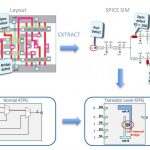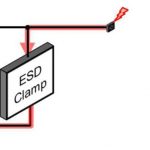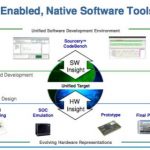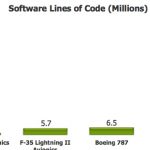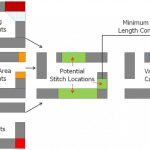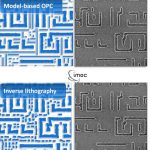You are currently viewing SemiWiki as a guest which gives you limited access to the site. To view blog comments and experience other SemiWiki features you must be a registered member. Registration is fast, simple, and absolutely free so please,
join our community today!
WP_Term Object
(
[term_id] => 159
[name] => Siemens EDA
[slug] => siemens-eda
[term_group] => 0
[term_taxonomy_id] => 159
[taxonomy] => category
[description] =>
[parent] => 157
[count] => 813
[filter] => raw
[cat_ID] => 159
[category_count] => 813
[category_description] =>
[cat_name] => Siemens EDA
[category_nicename] => siemens-eda
[category_parent] => 157
[is_post] =>
)

WP_Term Object
(
[term_id] => 159
[name] => Siemens EDA
[slug] => siemens-eda
[term_group] => 0
[term_taxonomy_id] => 159
[taxonomy] => category
[description] =>
[parent] => 157
[count] => 813
[filter] => raw
[cat_ID] => 159
[category_count] => 813
[category_description] =>
[cat_name] => Siemens EDA
[category_nicename] => siemens-eda
[category_parent] => 157
[is_post] =>
)
Cell-Aware Test Seminarby Beth Martin on 05-07-2013 at 8:05 pmCategories: EDA, Siemens EDA
You may have heard about cell-aware testing. It’s a transistor-level test (ATPG) methodology that is quickly becoming a hot topic. If you are involved in DFT and are looking for better quality and reliability, you should definitely know about cell-aware testing.
And lucky you, on May 16, 2013, you can attend a free seminar on cell-aware… Read More
You will never meet a more approachable CEO in the semiconductor ecosystem than Dr. Walden C. Rhines. The first time I met Wally was way back when I blogged for food and he invited me over for lunch. Even better, a year or two later I was having dinner with a friend at the DBL Tree in San Jose. Wally was waiting for his flight home so he joined… Read More
Mentor’s announcement from Design West this week pretty much signals the end of standalone ESL tools, in favor of more useful stuff. They have pulled the pieces of their Sourcery CodeBench environment along with their embedded Linux offering and their Vista virtual prototyping platform into a native embedded software development… Read More
It’s a common electrical rule that when large amount of charge gets accumulated, it tries to break any of its surrounding isolation. Although it wouldn’t have been prominent in 1980s or 90s, protection for ICs from such damaging effects is a must, specifically in large mixed-signal designs of today, working at different voltages… Read More
Mentor Graphics’ Best User2User Everby Beth Martin on 04-23-2013 at 5:45 pmCategories: EDA, Siemens EDA
Calling all Mentor users! Don’t forget to register for the U2U in San Jose on Thursday, April 25.
In addition to three worthy keynotes, you will find a more interactive and solution-focused day than in the past. There are sessions on place & route, custom/AMS, emulation, test and yield analysis, functional verification, Calibre… Read More
If there is a trend I can detect in verification in 2013, it is taking verification environments and making the user interface, scripts, and tools work uniformly across the whole spectrum of possible verification “substrates” from virtual platforms, FPGA boards, emulation, actual chips, RTL simulation and so … Read More
As seems to be traditional, Wally Rhines gave a keynote here at the GlobalPress Electronics Summit here in sunny Santa Cruz. It was entitled Embedded Software, the Next Revolution in EDA. Unlike Cadence and Synopsys, Mentor has a strong position in embedded software. It has been build up over a long time through a series of acquisitions… Read More
Chasing DP Rabbitsby SStalnaker on 04-15-2013 at 4:00 pmCategories: EDA, Siemens EDA
“Now, here, you see, it takes all the running you can do, to keep in the same place. If you want to get somewhere else, you must run at least twice as fast as that!”
—Lewis Carroll, Through the Looking Glass
The use of stitching can greatly reduce the number of double patterning (DP) decomposition violations that a designer has to resolve.… Read More
I talked to Michael Buehler-Garcia about the changes Mentor is making to U2U, their user conference. It is in San Jose on April 25th at the DoubleTree.
Firstly, there are 3 great keynotes, two of whom I’ve seen speak before and can unreservedly recommend. Unfortunately I’m traveling that week and won’t be able… Read More
Cutting the Key to 14nm Lithographyby Beth Martin on 04-08-2013 at 2:30 pmCategories: EDA, Siemens EDA
It appears that immersion lithography is now the plan of record for manufacturing ICs at 14nm. How is it possible to use 193nm wavelength light at 14nm? How can we provide the process window to pattern the such tight pitches? The secret lies in computational lithography. For 20nm, the two key innovations in computational lithography… Read More


